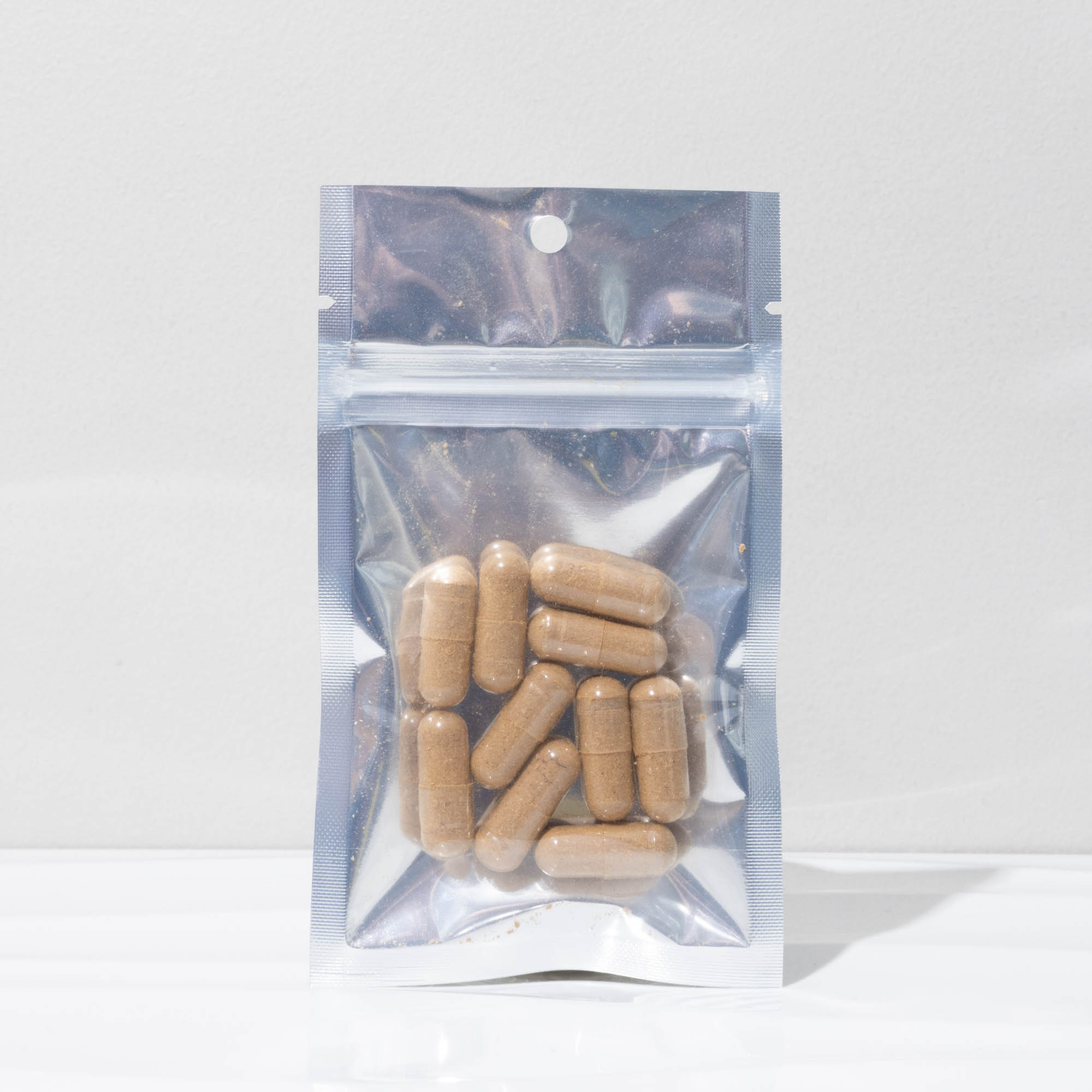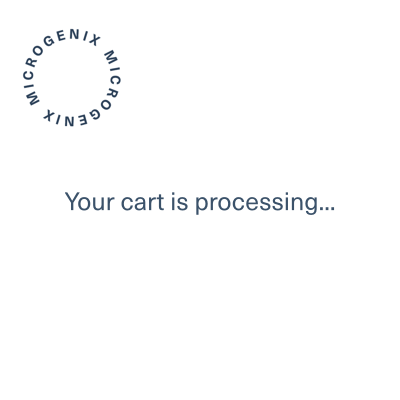Blog
Psilocybin to Treat PTSD
Over the past decade, there has been a powerful and urgent conversation surrounding mental health that cannot be ignored. People are finding new ways to discuss the impact of trauma on a larger scale instead of sweeping traumas under the rug and pretending they don’t exist.
Trauma is a disturbing experience that can affect someone’s emotional, spiritual, and mental well-being. Unresolved trauma can result in various health issues that can affect your neurological, behavioral, physical, and social health. When trauma goes unresolved, you may experience symptoms such as anxiety, depression, fear, guilt, and other impairing symptoms. Traumatic experiences can hinder one’s ability to regulate emotions, form relationships, cope with stress, and feel happy.
Experts have begun seeking out new means of treatment to help people suffering from psychological disorders associated with unresolved trauma. Psilocybin is one of the ways that experts have found to help mitigate the negative effects of trauma in patients. Various small-scale studies have demonstrated captivating results, regarding psilocybin-assisted therapy in the treatment of PTSD. Psilocybin has the unique ability to enhance connectivity between the brain regions that handle emotional processing while simultaneously decreasing activity in other areas such as the brain’s resting state.
Psilocybin on DMN
Several small studies have shown promising results for using psilocybin-assisted therapy to treat PTSD. In a 2020 study published in the journal of Psychopharmacology, researchers found that a single dose of psilocybin combined with therapy significantly improved symptoms of PTSD, including depression and anxiety.
Psilocybin may be effective in treating trauma because it enhances connectivity between brain regions that process emotions while reducing activity in other areas, such as the brain’s resting state or Default Mode Network (DMN). The DMN is responsible for self-referential thinking and rumination, which are crucial targets in PTSD treatment. Research suggests that a hyperactive DMN plays a significant role in maintaining PTSD symptoms, such as flashbacks, hypervigilance, and avoidant behavior.
Psilocybin has been shown to decrease DMN activity, which is a key part of its therapeutic potential. By slowing DMN activity, psilocybin may help reduce maladaptive behaviors and allow patients to break out of habitual rumination patterns, which can be highly beneficial for those suffering from PTSD.
Showing Promise
A 2021 study published in the journal “Human Brain Mapping” found that microdosing psilocybin was associated with decreased DMN function, increasing connectivity in several other important brain regions associated with emotional processing and cognitive function.
While investigating the therapeutic effects of psilocybin-assisted therapy on cancer patients suffering from existential distress, it was found that two psilocybin sessions led to significant reductions in anxiety and depression. The patients sustained their improvements up to 4.5 years after the initial treatment, becoming a remarkable outcome in psilocybin research.
When we take a look at these ongoing studies, individuals are reporting substantial improvements in spiritual well-being, quality of life, and mental health, almost every time with little to no adverse effects. The fact that these improvements have the ability to be sustained up to 5 years after only two treatment sessions speaks volumes on the efficacy of psilocybin, something that needs to be investigated further so that others may have the same opportunity.
In a study published in the journal JAMA Psychiatry, researchers found that psilocybin-assisted therapy led to significant reductions in symptoms of PTSD in war veterans, with some participants actually experiencing a complete remission of trauma symptoms.
The current treatment protocol for PTSD patients aside from therapy, is a variety of pharmaceuticals such as antidepressants and/or antipsychotics, which many patients are yet to find long-term success from. Benzodiazepines are also commonly prescribed to PTSD patients, but are not recommended long-term as they pose a high risk of addiction.
The long-term sustainability of psilocybin treatment alongside its abuse potential being slim to none, may pose the idea of psilocybin being a primary treatment for PTSD in the future.
Microdosing
Since psilocybin-assisted therapy isn’t widely available yet, some people are turning to microdosing at home in the hopes of achieving similar benefits.
Microdosing involves taking small amounts of psilocybin, which has been found to help with depression and improve empathy, creativity, and connection. Because the effects are subtle, microdosing doesn’t disrupt daily life and allows people to experience the benefits of psilocybin without committing to a full psychedelic experience.
For those who have experienced trauma, a full dose of psilocybin can be overwhelming, making microdosing a potentially valuable tool for processing trauma gradually and subconsciously. While more research is needed, microdosing shows promise as a mental health remedy.
Closure
Trauma can be a debilitating experience, affecting anyone and leaving a profound impact on their lives. While the effects of trauma can be complex, there is hope for those who have suffered.
Thanks to an increasing number of trauma survivors sharing their stories, the potential of psilocybin is coming to light. This all-natural compound may hold the key to healing and offer a new lease on life for those with PTSD and other psychiatric conditions.
As the global renaissance on psychedelic research continues, psilocybin-assisted therapy is an active and ongoing area of research with the potential to change countless lives for the better. The power of psilocybin can no longer be ignored, and we eagerly await the results of further investigation into this promising field.
Yours,
Olive
https://journals.sagepub.com/doi/full/10.1177/02698811221092508
https://www.ncbi.nlm.nih.gov/pmc/articles/PMC5367557/
https://academic.oup.com/ijnp/article/23/6/385/5805249
https://link.springer.com/chapter/10.1007/7854_2022_366
https://www.youtube.com/watch?v=j6ZLr1Ye2rM




